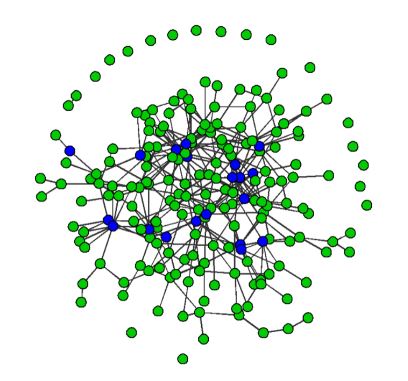Arts & Sciences, College of
Date of this Version
2022
Document Type
Article
Abstract
Remember that family trees are a type of network. The network we create helps us understand which traits were passed down and who they came from. While humans can inherit traits like hair color and eye shape, sometimes they can inherit genetic diseases or be more likely to develop health issues because of their genetics. In most cases, inherited traits are based on probability, so tracing family networks can tell us how likely people are to have these types of diseases. When tracing the genealogical flow of relatedness from one generation to the next one or two generations, it is easy to see how family members from different generations are connected by shared traits.
When trying to trace the flow of relatedness on a larger scale - for example, across centuries or for a whole population - network science can help illustrate patterns of inheritance. For example, why do some traits occur together?


Comments
This activity guide was originally published in the following book: NE STEM 4U. 2022. Network science: Genealogy. In Hands-on with NE STEM 4U: For Budding STEMers in Grades 4–8, pp. 143–150. Omaha, NE: University of Nebraska–Omaha.
“These activity guides are supported by the Worlds of Connections SEPA [R25GM129836] at the University of Nebraska-Lincoln, funded by the National Institute of General Medical Sciences of the National Institutes of Health. This content is solely the responsibility of the creators and does not necessarily represent the official views of the National Institutes of Health or the University of Nebraska.”